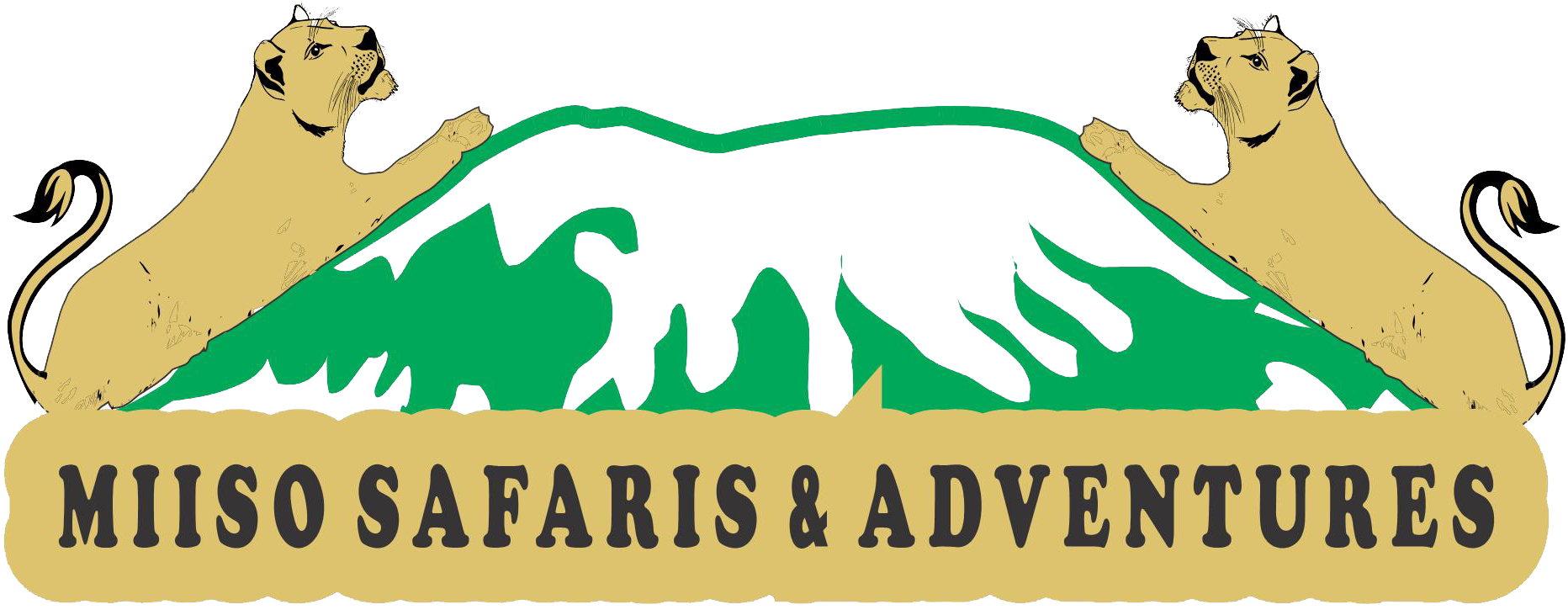Ngorongoro National Park
- Home
- Ngorongoro National Park
Ngorongoro National Park

Ngorongoro Conservation Area (often referred to as Ngorongoro National Park) is one of Tanzania’s most iconic and unique wildlife destinations, recognized as a UNESCO World Heritage Site. Located about 180 kilometers west of Arusha, this vast area covers around 8,292 square kilometers and is most famous for the Ngorongoro Crater, the world’s largest intact volcanic caldera. Formed over 2.5 million years ago, the crater spans 260 square kilometers and is 600 meters deep, creating a natural enclosure that supports an astonishing density of wildlife.
The crater is often referred to as “Africa’s Garden of Eden” due to its extraordinary abundance of wildlife, including elephants, lions, black rhinos, buffaloes, zebras, wildebeests, cheetahs, and countless other species. It’s one of the few places in East Africa where you can see the Big Five (lion, leopard, elephant, buffalo, and rhino) in one day, making it a highlight of any safari.
Beyond the crater, the wider Ngorongoro Conservation Area encompasses diverse landscapes, including rolling savannahs, dense forests, and arid plains, as well as significant archaeological sites like Olduvai Gorge, where some of the earliest human remains were discovered. The conservation area is also home to the Maasai people, who coexist with wildlife and continue their traditional way of life, herding cattle and living in harmony with nature.
Visitors can enjoy game drives within the crater, which offers incredible wildlife viewing all year round, as well as excursions to the surrounding areas for walking safaris, cultural tours, and exploring the ancient Maasai villages.
With its dramatic scenery, rich history, and unparalleled wildlife viewing opportunities, Ngorongoro Conservation Area is a must-visit destination for anyone exploring Tanzania’s northern safari circuit.
Landscape
The Ngorongoro Crater is actually a collapsed volcano, not a true crater, and is a rich haven for East African wildlife. It covers about 100 square miles (260 km²) and is surrounded by a ring of mountains covered in dense jungle. It is the largest unbroken caldera in the world, with a diameter of roughly 21 kilometers and walls rising about 600 meters above the floor. The crater’s rim is approximately 2,200 meters above sea level.
Flora and Fauna
The crater boasts the highest density of lions in the world and offers excellent chances to see other wildlife such as wildebeest, zebras, buffalo, and Grant’s gazelles. It is one of the best places in East Africa to view Black Rhinos. Lake Magadi attracts hippos and flamingos, while hyenas, cheetahs, and rarely seen leopards and wild dogs also inhabit the area. The crater is a protected zone for rhinos.
Climate
The Ngorongoro Crater is cooler than most of northern Tanzania due to its altitude, with chilly nights and mornings, especially from May to August. The crater floor can become hot in the afternoons from October to March. There are distinct wet and dry seasons, with the rainy season from mid-November to mid-May and a drier period in January and February. The dry season is from mid-May to mid-November but can still see some rain. Rain patterns vary between the eastern and western slopes, with the eastern side being forested and the western side being drier savannah.
